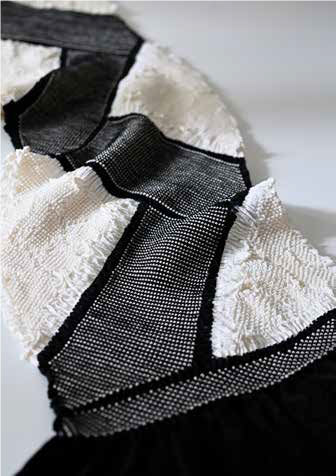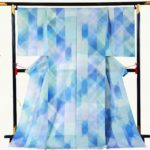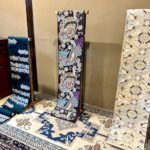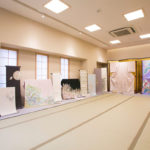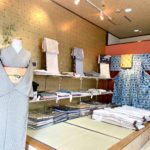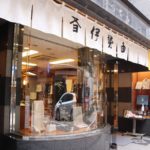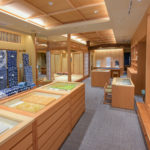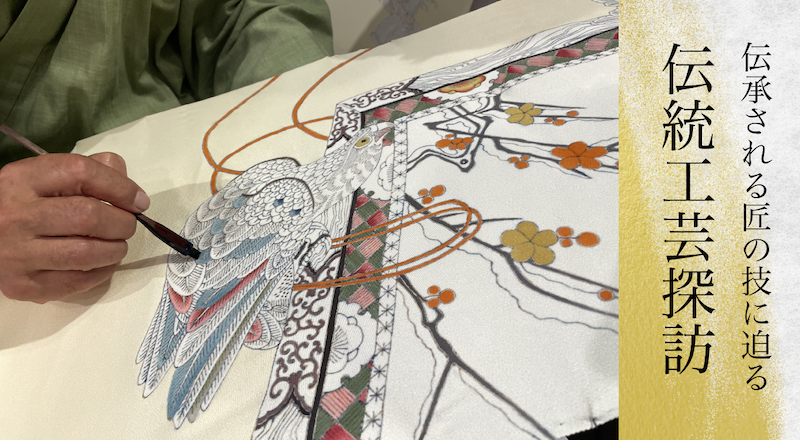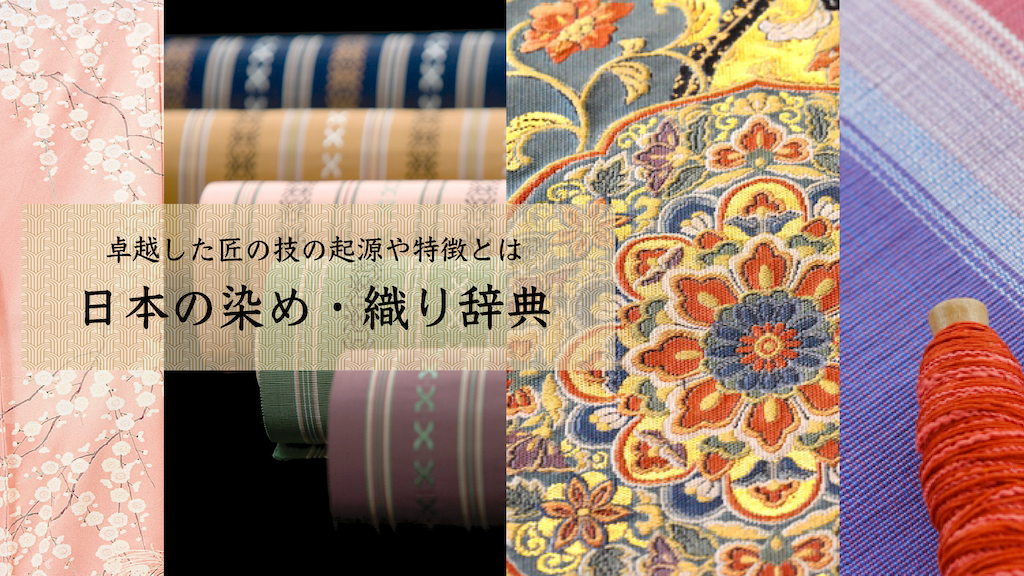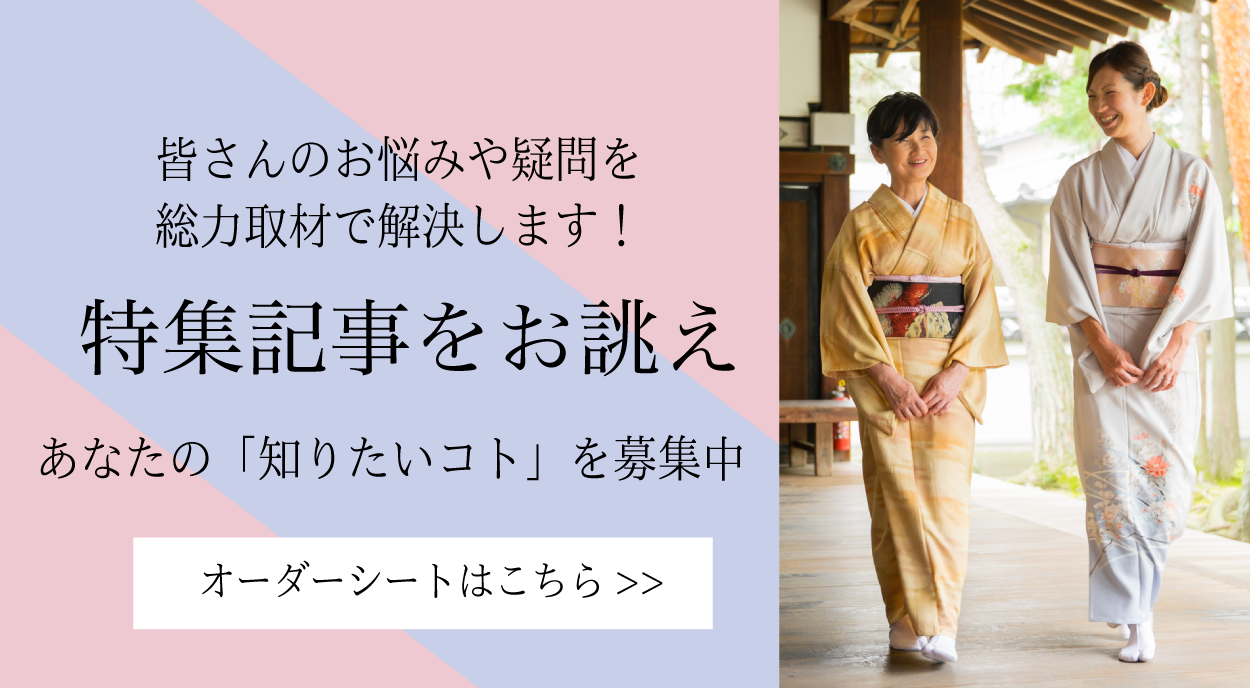京鹿の子絞
Pronunciation: Kyo-Kanoko Shibori
Production area: Kyoto Prefecture
Kyo-Kanoko Shibori is a traditional tie-dye technique produced in Kyoto. The name “Kanoko” (fawn) comes from the resemblance of the tied and resisted patterns to the spots on a young deer’s back. The representative style is Hitta-Shibori, characterized by small square dye resist areas with dots inside. Other techniques include Hitome, Boshi, and Kasamaki, and when an entire fabric is covered, it is called So-Shibori (all-over Shibori) or So-Kanoko. The process begins with sketching a design on the fabric, followed by artisans—each specialized in one tying method—who meticulously bind the fabric with threads. To enable multicolor dyeing, bucket-resist and Boshi resist methods are used to prevent dye bleeding, after which the fabric is immersed in dye, dried, the threads removed, and finally stretched and steamed for finishing. The resulting colors, gradations, and three-dimensional textures—born from precise tying and advanced dyeing skills—are unmatched by any other technique. From the Muromachi through early Edo periods, this style flourished as Tsujigahana dyeing. By the mid-Edo period, Kanoko Shibori reached its peak, celebrated as a luxurious form of tie-dyeing.
Over a Thousand Years of Shibori Tradition
The collective term for Kyoto’s Shibori is Kyo-Kanoko Shibori, with Hitta-Shibori being the most iconic. Beyond that, there are about 50 variations, including Hitome, Kasamaki, Nuijime, Baishibori, Boshi, Oke, and Itajime. In Kyoto, artisans often dedicate themselves to mastering a single technique, especially in styles like Hitta and Hitome, which require complete specialization.
180,000 to 200,000 Knots by Hand
In So-Hitta Shibori, evenly sized dots appear in precise diagonal rows after dyeing. For a Furisode Kimono, artisans may tie 180,000 to 200,000 knots. Even skilled professionals can only tie about 800–1,200 knots per day, meaning it can take over a year to complete a single roll of fabric, and up to a year and a half for a Furisode. The lavishness lies not only in its visual beauty but also in the immense time and craftsmanship invested.
